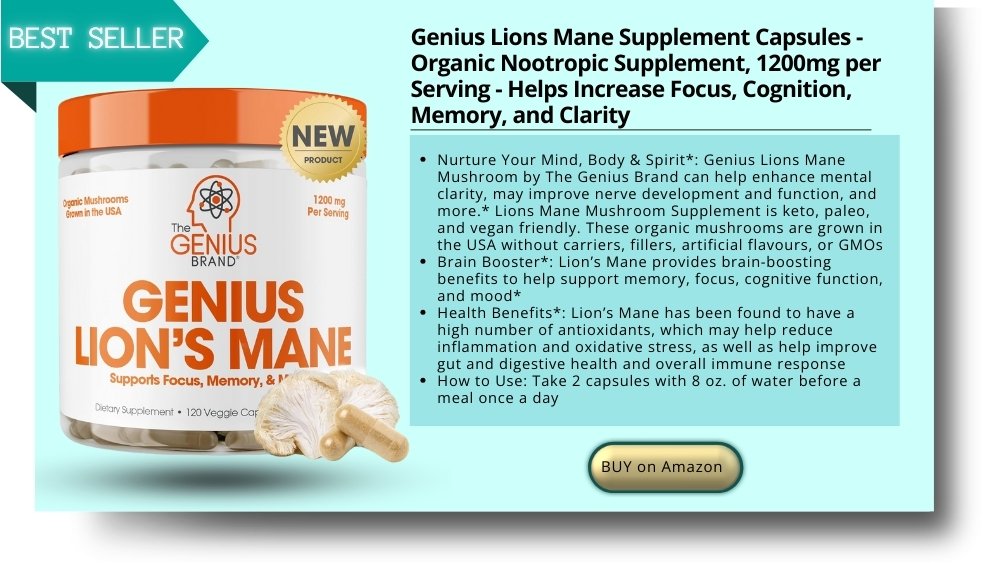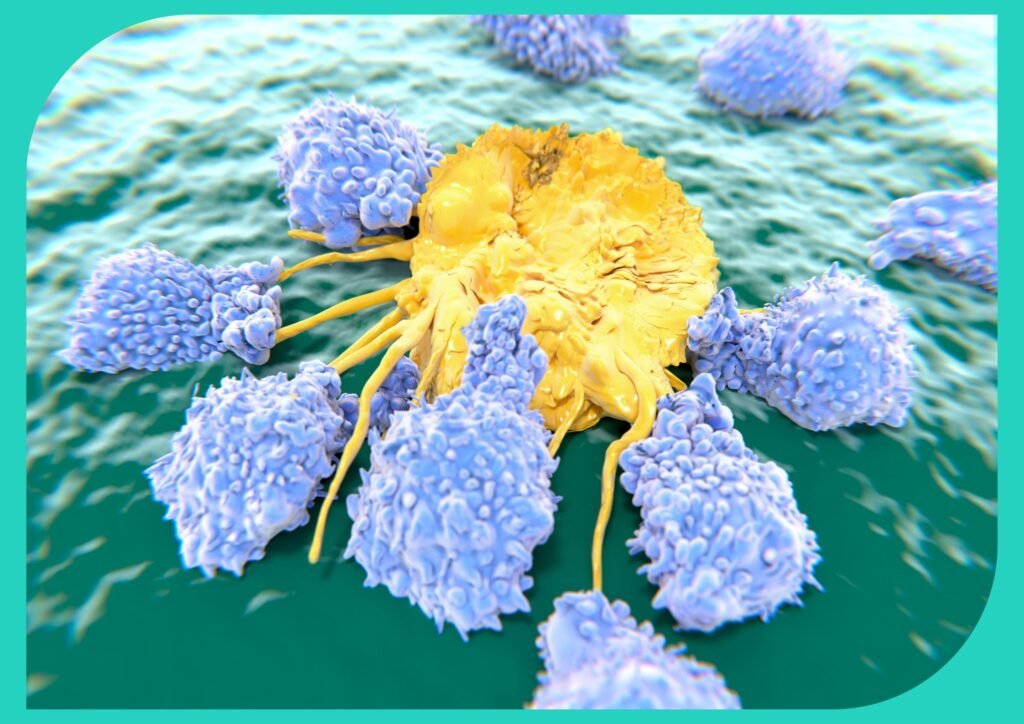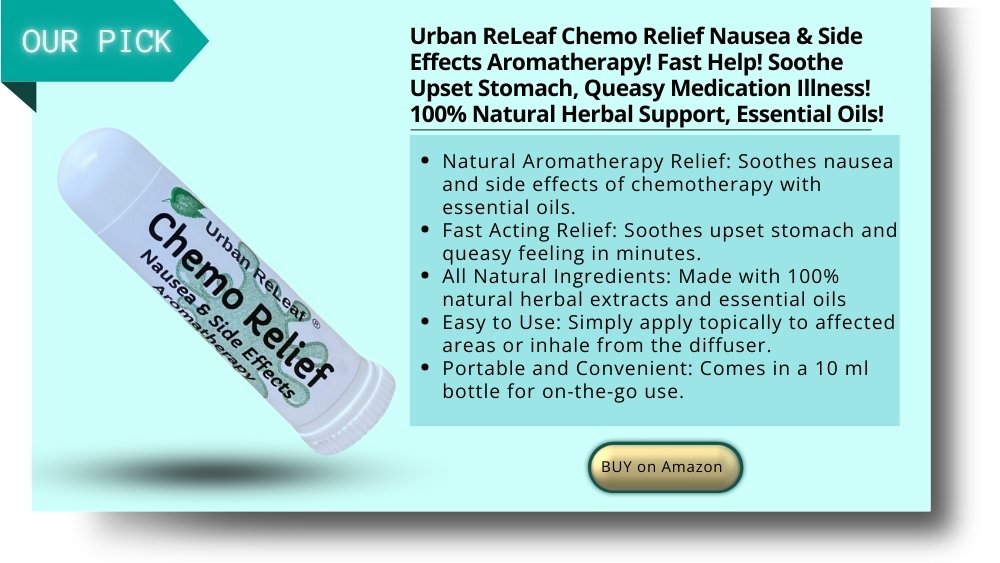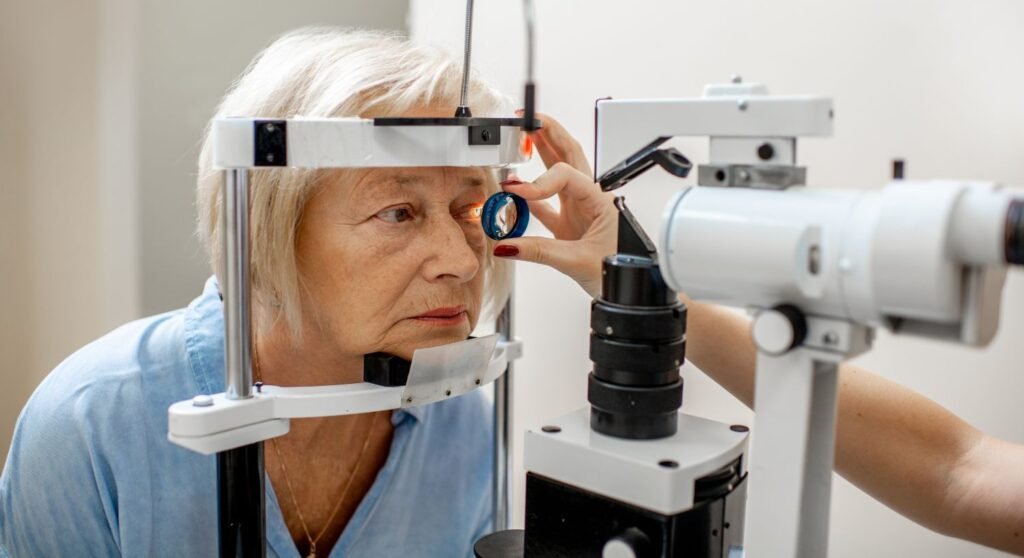Harnessing The Great Power of Click Chemistry for Groundbreaking Anti-Cancer Therapy

Last Updated on June 30, 2025 by Julian Espinosa
Imagine a world where cancer treatments are as precise as a skilled surgeon’s scalpel, targeting only the diseased cells while leaving healthy tissue completely unharmed. Thanks to groundbreaking research in “click chemistry” – a revolutionary approach that won the 2022 Nobel Prize in Chemistry – this vision is becoming reality. Scientists at leading universities have developed innovative cancer therapies that work like molecular LEGO blocks, snapping together with remarkable precision to deliver treatments directly to cancer cells.
This cutting-edge approach promises to eliminate many of the debilitating side effects that make traditional cancer treatments so challenging for patients. From reducing hair loss and nausea to preserving energy levels during treatment, click chemistry represents a paradigm shift toward more compassionate, targeted care. As researchers continue advancing these therapies through clinical trials, they’re opening new doors to treatments that could extend life expectancy while dramatically improving quality of life during the treatment journey.
Exploring the Pinnacle of Medical Innovations
Cancer affects millions of people worldwide, and for decades, scientists have been searching for better ways to combat this complex group of diseases. Traditional treatments like chemotherapy, while effective, often come with significant challenges – they can damage healthy cells alongside cancerous ones, leading to difficult side effects that impact daily life.
But here’s exciting news: researchers have discovered a revolutionary approach using something called “click chemistry” that’s changing how we think about cancer treatment. This innovative method allows scientists to create therapies that are incredibly precise, targeting cancer cells while preserving healthy tissue.
Prefer to listen rather than read?

Understanding the Basics of Cancer
Cancer occurs when cells in the body begin growing uncontrollably, forming tumors or spreading to other parts of the body. Historically, treatments have included surgery to remove tumors, radiation therapy to destroy cancerous cells, and chemotherapy drugs that travel throughout the body to fight cancer wherever it might be hiding.
While these approaches have saved countless lives, medical researchers have continuously sought more targeted methods. Recent advances in immunotherapy – which harnesses your body’s own immune system to fight cancer – and precision medicine – which tailors treatment to each person’s specific cancer genetics – have already improved outcomes for many patients.
So, What Exactly Is Click Chemistry?
Think of click chemistry like building with LEGO blocks, but at the molecular level. Just as LEGO pieces snap together easily and securely, click chemistry allows scientists to join different molecules quickly and reliably.
Barry Sharpless and Morten Meldal have laid the foundation for a functional form of chemistry – click chemistry – in which molecular building blocks snap together quickly and efficiently. Carolyn Bertozzi has taken click chemistry to a new dimension and started utilising it in living organisms.
This approach offers several remarkable advantages:
- Simple and Efficient: The reactions happen quickly under mild conditions, making them practical for medical applications.
- Highly Selective: Like perfectly fitting puzzle pieces, these molecular reactions occur exactly where intended, with minimal unwanted byproducts.
- Biocompatible: By designing these reactions to be biocompatible they do not interfere with normal biological processes when used in living systems.
The most commonly used click reaction is called copper-catalyzed azide-alkyne cycloaddition (CuAAC). While the name sounds complex, think of it as a reliable way to connect two specific types of molecules using a small amount of copper as a helper.

Why Should Seniors Care About Tiny Molecular LEGOs?
You might wonder how molecular LEGO blocks relate to cancer treatment. The answer lies in the incredible precision this technology offers, which is particularly beneficial for those facing cancer:
Smarter Drug Delivery
As we age, our bodies may process medications differently than when we were younger. Click chemistry addresses this challenge by creating delivery systems that transport medicine directly to where it’s needed most. Imagine tiny, engineered capsules that navigate through your body like guided missiles, releasing their therapeutic payload only when they reach cancer cells.
- Lower doses: By delivering the drug directly to the site of action, we can minimize the amount of medication required. This is particularly important for seniors, who may be more susceptible to the adverse effects of high drug concentrations. Lower doses can translate to a reduced burden on the liver and kidneys, decreasing the risk of complications and improving overall tolerability.
- Fewer side effects: Traditional drug delivery methods often involve distributing the medication throughout the body, which can lead to off-target effects and unwanted side effects. Click chemistry-based delivery systems can be designed to target specific cells, such as cancer cells or inflamed tissues, thereby minimizing exposure to healthy cells and reducing the likelihood of side effects. This can significantly improve the patient’s quality of life and adherence to treatment regimens.
- Improved effectiveness: When a drug is delivered precisely to its target, it can exert its therapeutic effect more efficiently. This can lead to better treatment outcomes, even at lower doses. For example, in the treatment of cancer, targeted drug delivery can enhance the destruction of tumor cells while sparing healthy tissues, leading to improved survival rates and reduced morbidity.

Click chemistry’s versatility allows scientists to create a wide range of drug delivery systems, each tailored to specific therapeutic needs. Some examples include:
- Nanoparticles: Click chemistry can be used to synthesize nanoparticles with precisely controlled size, shape, and surface properties. These nanoparticles can be loaded with drugs and functionalized with targeting ligands that recognize specific receptors on the surface of target cells. This allows for highly selective drug delivery and enhanced cellular uptake.
- Antibody-drug conjugates (ADCs): ADCs are a class of targeted therapeutics that combine the specificity of antibodies with the potency of cytotoxic drugs. Click chemistry provides a robust and efficient method for attaching the drug to the antibody, ensuring that the drug is delivered directly to the target cell. This approach has shown great promise in the treatment of various cancers.
- Dendrimers: Dendrimers are highly branched, tree-like molecules with a well-defined structure. Click chemistry can be used to attach drug molecules to the surface of dendrimers, creating a multi-valent drug delivery system with enhanced targeting capabilities. Dendrimers can also be designed to release the drug in a controlled manner, further improving therapeutic efficacy.
- Liposomes: Liposomes are spherical vesicles composed of a lipid bilayer. Click chemistry can be employed to modify the surface of liposomes with targeting ligands or to encapsulate drugs within the liposome interior. This allows for improved drug stability, enhanced circulation time, and targeted delivery to specific tissues.
Specifically, click chemistry is being used to develop new and improved ways to deliver drugs for a variety of conditions that commonly affect seniors:
- Arthritis: Click chemistry enables the design of drug delivery systems that specifically target inflamed joints, providing localized relief from pain and inflammation. This can help to improve mobility and reduce the need for systemic pain medications, which can have significant side effects.
- Cancer: Click chemistry is playing a crucial role in the development of next-generation cancer therapies. By delivering chemotherapy drugs directly to tumor cells, click chemistry can minimize damage to healthy tissues, reducing the debilitating side effects associated with traditional chemotherapy. This can lead to improved treatment outcomes and a better quality of life for cancer patients.
- Cardiovascular disease: Click chemistry is being utilized to create targeted therapies for various cardiovascular conditions, such as atherosclerosis and heart failure. These therapies can deliver drugs or therapeutic agents directly to damaged blood vessels or heart tissue, promoting healing and preventing further damage.
The development of these advanced drug delivery systems holds immense promise for improving the health and well-being of seniors. By enabling more precise and effective drug delivery, click chemistry can help to reduce the burden of age-related diseases, minimize side effects, and enhance the overall quality of life. As research in this field continues to advance, we can expect even more innovative and life-changing applications to emerge in the future.
The Joint Venture: UCL and Stanford University
The Nobel Prize in Chemistry 2022 was awarded to Carolyn R. Bertozzi, Morten Meldal, and K. Barry Sharpless “for the development of click chemistry and bioorthogonal chemistry,” which involve simple, quick chemical reactions that can occur within living organisms without disrupting normal biological functions.
This recognition highlights the transformative potential of this approach. Bertozzi works at Stanford University, Sharpless works at the Scripps Research institute, both in California, while Meldal is at the University of Copenhagen, Denmark.
Dr. Bertozzi’s work was particularly groundbreaking because she showed how click chemistry could work safely inside living organisms. Her bioorthogonal reactions are now contributing to more targeted cancer treatments, among many other applications.

How the New Anti-Cancer Therapy Works
The revolutionary cancer therapy developed by researchers combines three key components that work together like a well-orchestrated team:
- Precise Targeting: A specialized molecule identifies and binds specifically to cancer cells, like a key fitting into a lock.
- Immune System Activation: The therapy recruits your body’s T cells – powerful immune cells that naturally fight threats – to attack the identified cancer cells.
- Defense Disruption: The treatment weakens the cancer cell’s ability to protect itself, making it more vulnerable to the immune system’s attack.
This three-pronged approach represents a significant advance over traditional treatments. Researchers at UCL first clicked two antibody fragments together – one fragment binding to a cancer cell, another fragment binding to a T cell so that it would destroy the cancer cell.

This innovative approach showcases the power of click chemistry in orchestrating a precise and multifaceted attack on cancer. By seamlessly integrating these three components, the therapy exhibits exceptional efficacy and selectivity, while minimizing damage to healthy cells.
The successful implementation of this cutting-edge anti-cancer therapy highlights the transformative potential of click chemistry in advancing precision medicine and redefining the landscape of cancer treatment.
As scientists continue to push the boundaries of this field, we can anticipate even more remarkable breakthroughs, bringing us closer to a future where cancer becomes a conquerable challenge.
Molecules Clicking Together: LEGO Bricks Analogy
Envision the therapeutic molecules as interlocking LEGO bricks, seamlessly assembling to target cancer cells with remarkable precision. When combined, these molecular “bricks” form a potent and efficient therapeutic agent, strategically minimizing harm to healthy cells and mitigating adverse side effects.
This innovative approach, akin to building a customized therapeutic structure, exemplifies the immense potential of precision medicine in revolutionizing cancer treatment.
Jon Lorsch, the director of the US National Institute of General Medical Science, also likes to compare click chemistry with Lego Bricks. “It allows you to assemble molecules in a fairly defined way, such that you can direct what’s attached to what easily.” Dr. Lorsch says. “Almost anything you look at these days, you can find an example of where this chemistry has been applied.”
By harnessing the power of these molecular LEGO-like connections, scientists are advancing towards a future where cancer therapies are not only more effective but also more tailored and gentle on the patient’s well-being.
Functioning of the New Anti-Cancer Therapy
The therapy operates by precisely delivering a lethal payload exclusively to cancer cells, leaving healthy cells unharmed. This groundbreaking approach significantly enhances the therapeutic index, providing us with a formidable weapon in the battle against cancer.
The targeted delivery of the deadly payload ensures that the treatment focuses its full force on eradicating cancer cells while sparing surrounding healthy tissues. This tremendous advancement not only increases the therapy’s effectiveness but also minimizes potential side effects, thereby offering new hope and better outcomes for cancer patients.
The therapeutic precision achieved through this approach represents a paradigm shift in cancer treatment, unlocking the potential for more successful and well-tolerated therapies in the fight against this devastating disease.
Implications of the New Therapy
So, what does this breakthrough mean for cancer treatment?
Overcoming Current Treatment Limitations
In contrast to current cancer therapies that often cause harm to healthy cells and result in debilitating side effects, this innovative therapy is designed with a specific focus on minimizing such adverse consequences. This breakthrough technique holds the promise of significantly reducing side effects, offering a more patient-friendly and tolerable treatment option for individuals battling cancer.
As researchers continue to refine and expand this approach, it represents a crucial step forward in the pursuit of more effective and compassionate cancer treatments, fostering hope for improved quality of life for cancer patients worldwide.
Potential Impact on Cancer Patients’ Life Quality
In the long run, this therapy can significantly enhance the quality of life of cancer patients. This transformative approach holds the promise of making the treatment journey for cancer patients less physically and emotionally taxing, alleviating the burden of debilitating side effects that often accompany conventional therapies.
Imagine a future cancer treatment process that eliminates the common side effects like hair loss, nausea, and fatigue – a prospect filled with hope and promise thanks to this groundbreaking therapy. Patients can look forward to a more comfortable and compassionate experience, allowing them to maintain a higher quality of life throughout their treatment.
As researchers continue to advance this transformative therapy, we move closer to a future where cancer treatments are not only more effective but also gentler, offering renewed optimism for patients and their families in the fight against cancer.

Prolonging Life Expectancy
With its increased efficiency and reduced harm to healthy cells, this promising therapy holds the potential to extend patients’ life expectancy, marking a significant ray of hope in cancer treatment. By precisely targeting cancer cells and minimizing side effects, the therapy may allow patients to endure more prolonged and effective treatment regimens, enhancing their chances of successful outcomes and improved survival rates.
This development represents a critical milestone in the ongoing battle against cancer, offering renewed hope and optimism for patients and their loved ones.
The Promise for Patients
What does this breakthrough mean for people facing cancer? The implications are genuinely encouraging:
Overcoming Treatment Limitations
Traditional cancer therapies often come with a difficult trade-off – they can damage healthy cells while fighting cancer, leading to challenging side effects. This new approach is designed to minimize such complications, potentially offering a more tolerable treatment experience.
Improved Quality of Life
Imagine cancer treatment that doesn’t require you to put your life on hold. These techniques have been used in a number of sectors, including delivering treatments that can kill cancer cells without perturbing healthy cells. This could mean maintaining your energy levels, keeping your hair, avoiding nausea, and continuing to enjoy activities that matter to you.
Enhanced Treatment Outcomes
The precision of click chemistry-based therapies may allow for more effective treatment with fewer complications. Click chemistry can also be used to localize cytokines to cold tumors to activate an immune response, or radiotherapeutics to enhance cancer cell death and this is just the beginning.
Current Progress and Future Outlook
This isn’t just theoretical – real progress is happening now. Shasqi, a startup enabled with technology developed at the University of California, Davis, and the State University of New York at Albany, has launched a Phase 1 human clinical trial of its precision activated oncology therapeutic.
Recent studies (2020 to 2025) focusing on the signature of click chemistry with its three main complementary types (copper-catalyzed (CuAAC), copper-free (SPACC), and biorthogonal click chemistry) in advanced techniques for cancer therapeutics which include cancer immunotherapy, synthesis of antibody–drug conjugates, development of new treatment approaches continue to show promise.
Addressing Challenges
Like any revolutionary innovation, click chemistry-based therapies face challenges and require rigorous testing. Researchers are working diligently to address safety concerns, optimize effectiveness, and ensure these treatments can be produced reliably and affordably.
The scientific community approaches these challenges with appropriate caution while maintaining optimism about the potential benefits. Each clinical trial provides valuable data that helps refine and improve these approaches.

Conclusion: A Hopeful Future in Cancer Treatment
The development of click chemistry-based cancer therapies represents more than just a new treatment option – it’s a fundamental shift toward precision medicine. Just as a skilled surgeon uses precise instruments to remove only diseased tissue, these molecular therapies aim to combat cancer with surgical precision at the cellular level.
This approach aligns with a broader trend in modern medicine toward personalized, targeted treatments that work with your body’s natural systems rather than against them. As research continues and these therapies move through clinical trials, they offer hope for a future where cancer treatment is not only more effective but also more compassionate.
The road ahead involves continued research, careful testing, and gradual implementation. But for the first time, we can envision cancer treatments that truly spare healthy cells while effectively targeting the disease itself.
Disclaimer
The content provided on MySeniors.World is for informational purposes only and is not intended as either financial or medical advice. Always consult a qualified professional before making any investment or health-related decisions.
Posts may contain affiliate links, meaning we earn a commission – at no additional cost to you, if you click through and make a purchase. Your support helps us continue providing valuable content.
FAQ: Click Chemistry
- Is click chemistry safe for use in the human body?
- Yes, click chemistry reactions have been specifically designed to be biocompatible, meaning they don’t interfere with normal biological processes. The 2022 Nobel Prize was awarded partly for developing these safe, bioorthogonal reactions that work inside living organisms.
- When will click chemistry-based cancer treatments be widely available?
- Several click chemistry-based therapies are currently in clinical trials, with some already approved for specific uses. The timeline for broader availability depends on ongoing research and regulatory approval processes, but progress is encouraging.
- How does click chemistry compare to immunotherapy?
- Click chemistry and immunotherapy can work together. In fact, many click chemistry applications enhance immunotherapy by helping target immune cells more precisely to cancer cells, potentially improving effectiveness while reducing side effects.
- Are there any side effects from click chemistry treatments?
- While click chemistry-based treatments are designed to minimize side effects by targeting only cancer cells, all medical treatments can have some side effects. Clinical trials are ongoing to better understand the safety profile of these new approaches.
- Can click chemistry help with all types of cancer?
- Research is exploring click chemistry applications across many cancer types. The modular nature of click chemistry allows scientists to design different approaches for different cancers, though not all applications may be suitable for every type of cancer.
- How much do click chemistry-based treatments cost?
- As these are newer technologies, costs are still being determined. However, the precision and potentially reduced side effects could lead to overall healthcare savings by reducing the need for additional treatments and supportive care.
- Can click chemistry treatments be combined with traditional therapies?
- Yes, click chemistry approaches can often be combined with surgery, radiation, or other treatments as part of a comprehensive cancer care plan. Your oncologist would determine the best combination for your specific situation.
References
- Nobel Prize Committee. (2022). The Nobel Prize in Chemistry 2022. Retrieved from Nobel Prize official website.
- University College London. (2023). Potent anti-cancer therapy created using ‘click chemistry.’ UCL News.
- UC Davis Office of Research. (2020). ‘Click Chemistry’ Cancer Treatment Developed by UC Davis Startup Now in Clinical Trials.
- Royal Society of Chemistry. (2025). Signature of click chemistry in advanced techniques for cancer therapeutics. RSC Advances.
- STAT News. (2021). It takes two: The future of click chemistry therapeutics.
- American Association for Cancer Research. (2025). Experts Forecast Cancer Research and Treatment Advances in 2025.





